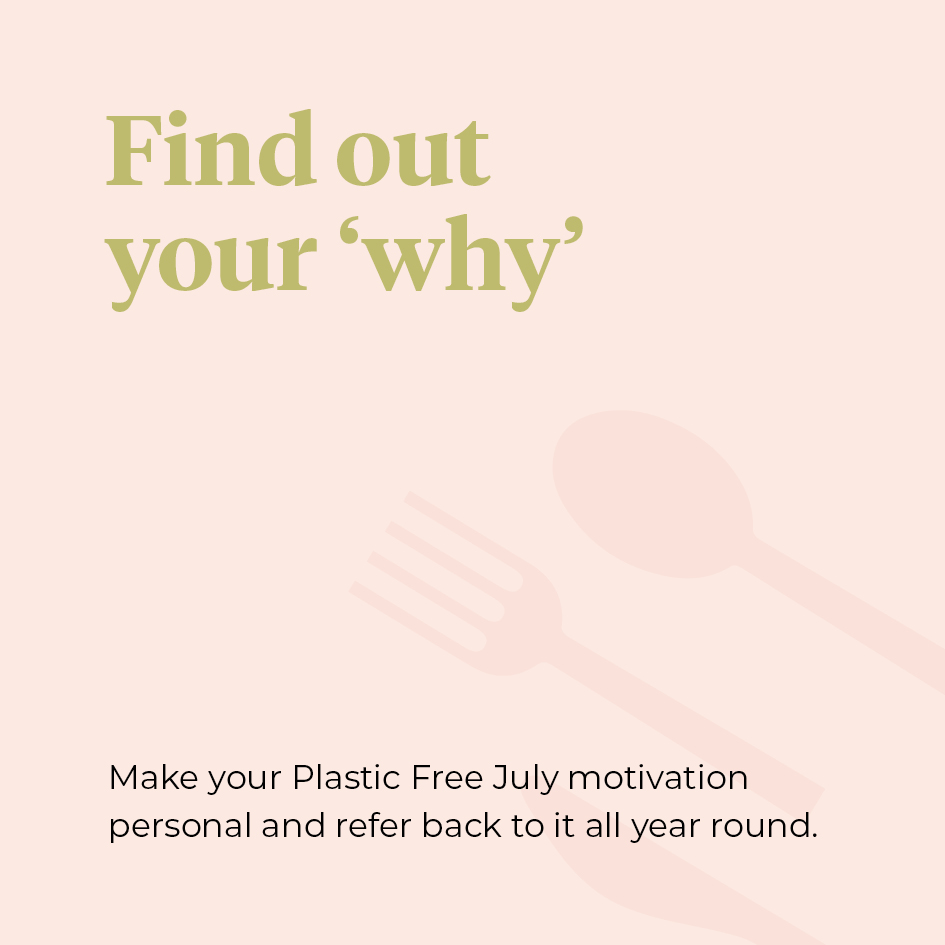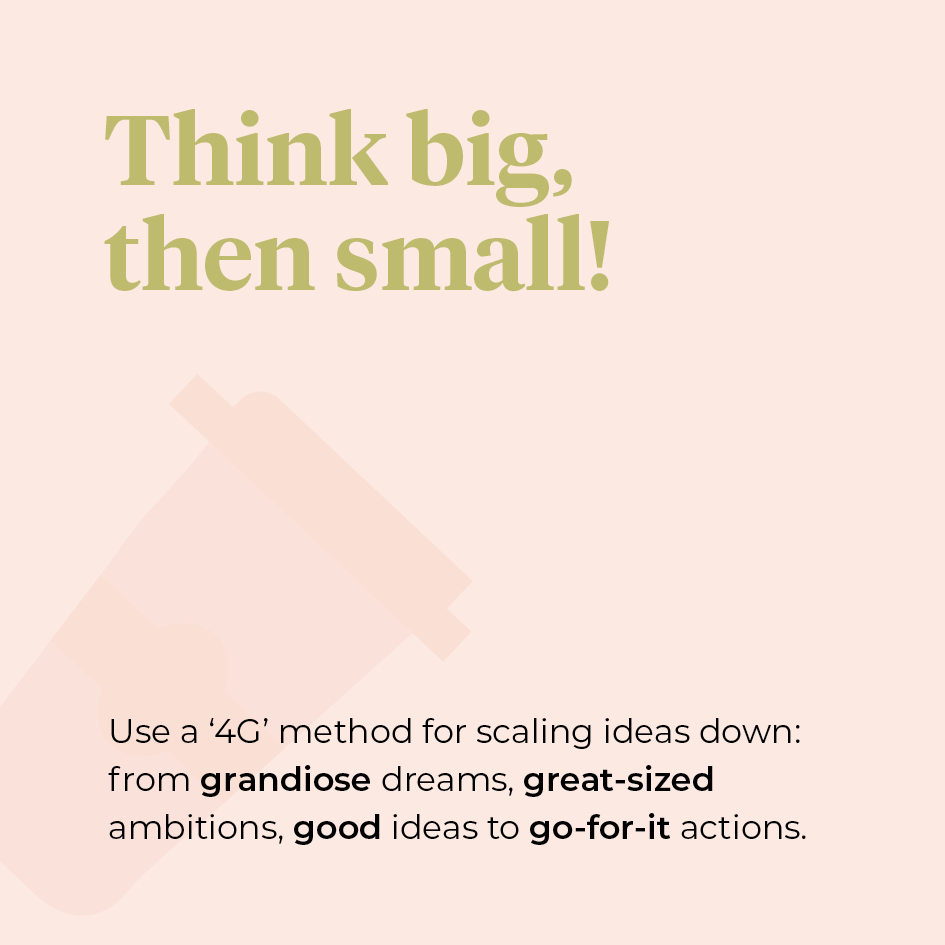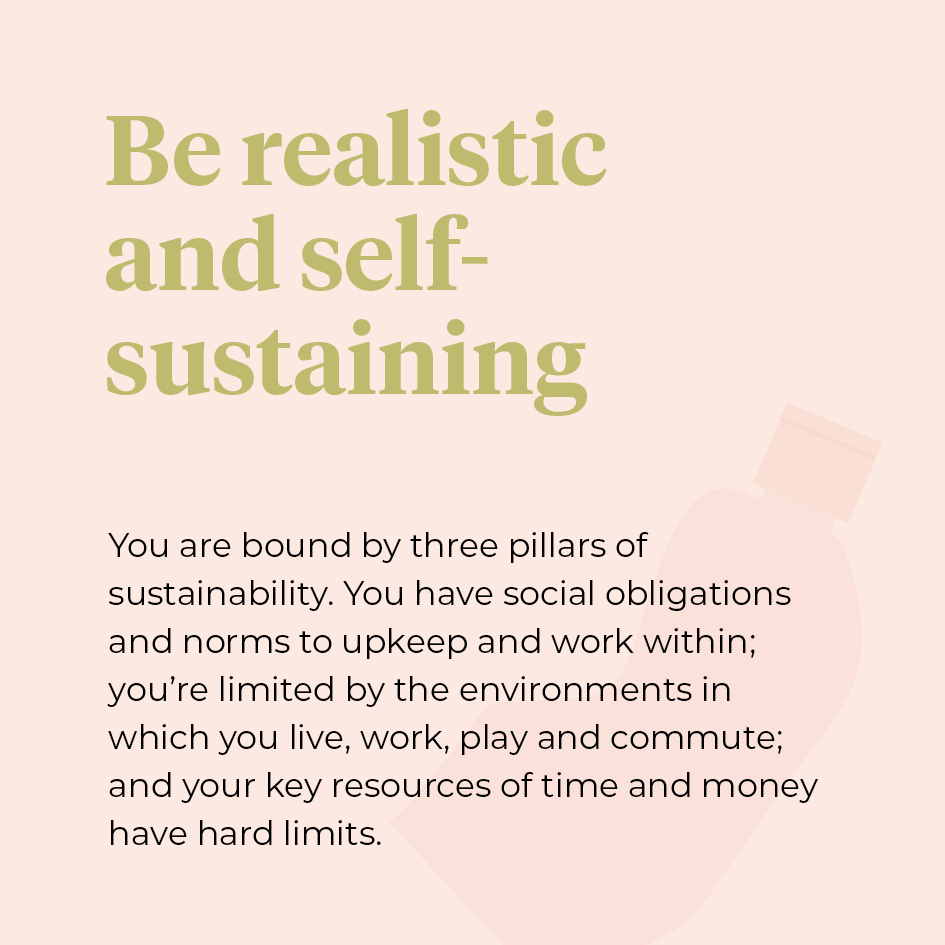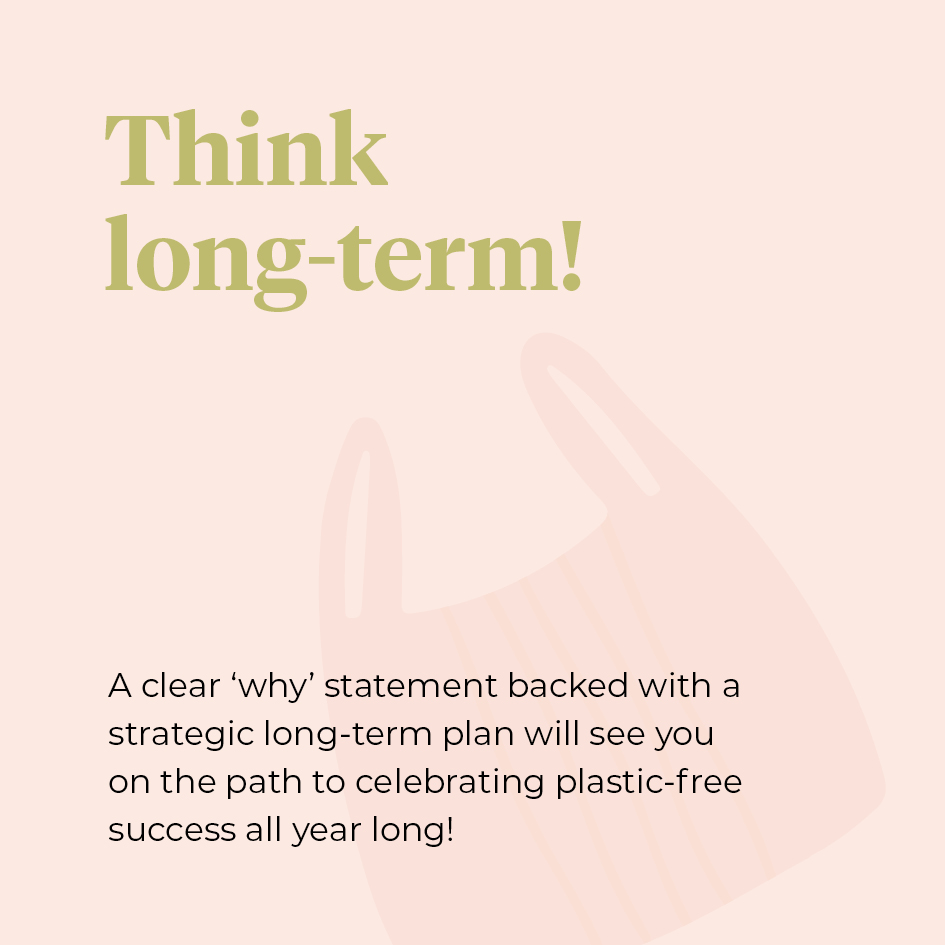
Navigating Eco Overwhelm Through Plastic Free July
words KATIE ROBERTS top image UNSPLASH
Plastic Free July can be a little overwhelming. With messaging flying at us every which way, instructing us, as individuals, how to do better while the ocean burns and billionaires start their own space race, it’s only natural to feel jaded by the state of the world. But, as chief eco expert Katie Roberts from Sustainability In Style shares, there are ways we can look at the month more mindfully to implement long-term strategies and go plastic-free, all year-round.
If you, dear reader, were given a choice between two options to a plastic-free future of similar costs, one being an unsustainable option, the other being good for people and the planet, we would bet our organic cotton socks you select the latter. However, if you’ve glanced sideways at a device in the last few weeks, you might have noticed that we are offered not one, but thousands of ways we can cut our plastic usage and save the world for the month of July. Some of the examples might be a simple switch, but many require resource inputs of time, finances, effort and privilege. While being spoiled for choice can be handy when we are deciding what reusable lunch bag print we like best, it isn’t always helpful when we are trying to navigate our way towards plastic-free living.
It turns out that in 2021, Australians are seeing more media messages than ever before. The Digital 2021 Global Report, published by We Are Social, found that Aussies are now spending more than six hours online per day across all their devices. In our online time, we dedicate a little under two hours to social media, and back this up with about an hour reading news (both online and in physical print) and three-and-a-half hours streaming or watching broadcast TV.
While it’s a challenge to find of-the-minute academic statistics on social media usage, as they require longer peer-review processes, an investigation into the information presented by digital marketing organisations and social media scheduling tools provides some overwhelming suggestions into the quantity of content we might be exposed to in one scrolling session. One digital marketing company suggests that in any given minute of the day, over 694,000 TikTok videos are viewed, there are 4100 clicks on sponsored Instagram posts, more than 500,000 people comment on Facebook posts and 3.47 million YouTube videos are being watched.
One digital marketing company suggests that in any given minute of the day, over 694,000 TikTok videos are viewed, there are 4100 clicks on sponsored Instagram posts, more than 500,000 people comment on Facebook posts and 3.47 million YouTube videos are being watched.
Many social media hosting platforms suggest video content be kept below 30 seconds, with 10 seconds suggested as an ideal length of engagement. This means that in your average social media usage, you could view around 636 10-second videos offering 636 different ways to take action on the things you care about! When we break the media messaging down to that level, there’s little wonder that many of us are left stumped about where to start our approach to Plastic Free July.
If you’re like most of us, the temptation might be to find a suggestion that resonates online and follow it down the social-media rabbit hole. In doing so, your search will offer additional content and suggestions of how you can take action. This may be helpful, or it might hinder your progress. This applies to most of our searches outside of the scope of Plastic Free July too – most social media content is built upon modelling designed to provoke automatic responses from users.
When we look at what’s happening psychologically, system one thinking (as explored by noted psychologist Daniel Kahneman), or fast-thinking, refers to the automatic processes that happen quickly, with little to no effort, and no sense of voluntary control. This might be a pleasant response (like the ‘Aww,’ we might emit internally when seeing a cute puppy) or the triggering of a fight-flight-freeze response by our sympathetic nervous system. Clickbait content is designed to trick us into instantly investing attention in it. So, when you see a headline that says, ‘This Plastic News Is So Shocking That We Can’t Look Away,’ system one thinking encourages us to click the link, and you might even find several seconds later that you don’t remember how you ended up on that page.
The combination of the sheer quantity of digital media available, and the way it is designed to elicit an automatic response from us, can make it both your best friend and arch-nemesis (sometimes in equal parts) when it comes to taking action each Plastic Free July. You might have an understanding of the abundance of ideas available online but when you go to implement them, you’re left fighting to stay awake, frozen from overwhelm or fleeing from your device so fast you leave a human-shaped hole in your front door.
Slow thinking, or system two thinking, is the type of thought processing we usually use when trying to solve a mathematical problem (like how we’ve ended up with 10 bags of luggage for our weekend camping trip with only four family members in the car). It’s slow, calculating and conscious thought. The kind of thought process you might use to solve the world’s single-use plastic problem from the comfort of your kitchen! By looking to system two thinking, and implementing its approach to your Plastic Free July endeavours, it’s possible to approach the month with mindfulness and reduce eco overwhelm. Here’s a few things you might want to consider while you grab a beverage of choice.

Find out your ‘why’
After exposure to hundreds (or thousands) of Plastic Free July messages you might want to take action but find yourself unable to identify a clear ‘why’. That might come out like, ‘Oh, I need to stop using plastic because the world is in danger.’ Sure, that’s a noble response, but it’s not likely to motivate you to the core of your being so you remember to take your reusable cutlery every outing. Your why might be an image of a turtle eating a plastic bag, it could be the results of a study that shows how plastic pollution is impacting human health or it could be looking at your children and the plastic mess that covers their playgrounds and parks. Make your Plastic Free July motivation personal and refer back to it all year round!

Think big, then small!
I use a 4G method for scaling ideas down from grandiose dreams to go-for-it actionable steps. Grandiose ideas are great but unlikely to be achieved by us single-handedly in our lifetime. An example would be, ‘I’m going to remove all of the world’s single-use plastics.’ We can scale this down a notch to great-sized ambitions such as, ‘I am going to make Australia free from single-use plastics.’ A great idea is still a sizeable idea which you might spend a lifetime working towards, but when we scale our great down to the good level, we can put in place plans to take action. A good idea might be something like, ‘I’m going to stop all single-use plastic from entering my home or pantry.’ The last of the 4G method is the go-for-it scale – where you take your mission to rid your pantry of single-use plastic and turn it into weekly steps. This could be as simple as finding a new product each week you can buy packaging-free or putting a timeline in place for flipping your whole pantry to be bulk-food-purchase friendly.

Be realistic and self-sustaining
You are bound by three pillars of sustainability. You have social obligations and norms to upkeep and work within; you’re limited by the environments in which you live, work, play and commute; and your key resources of time and money have hard limits. To be self-sustaining in your Plastic Free July efforts, you have to thoughtfully and realistically consider what’s within your scope for change, given your current circumstances. While you might dream about moving to a rural self-sustaining property or building your own tiny home and living off the land without a nurdle of plastic in sight, realistically, maybe your best chance of success this Plastic Free July is to focus on getting your kids into the habit of bringing home their reusable wax sandwich wraps.

Think long-term
Finally, going plastic-free shouldn’t end on 1 August with the changing of the calendar page! Maybe you didn’t have much luck with getting the kids to bring home their wax wraps from school… that doesn’t mean you shouldn’t try again. A clear ‘why’ statement backed with a strategic long-term plan will see you on the path to celebrating plastic-free success all year long!


